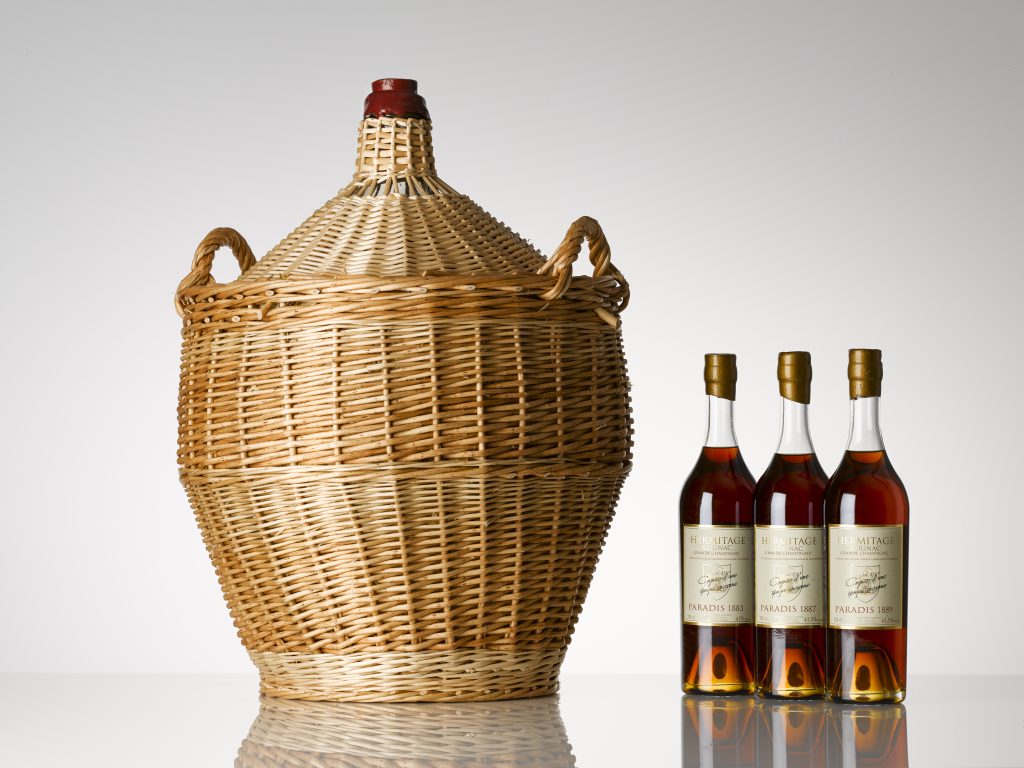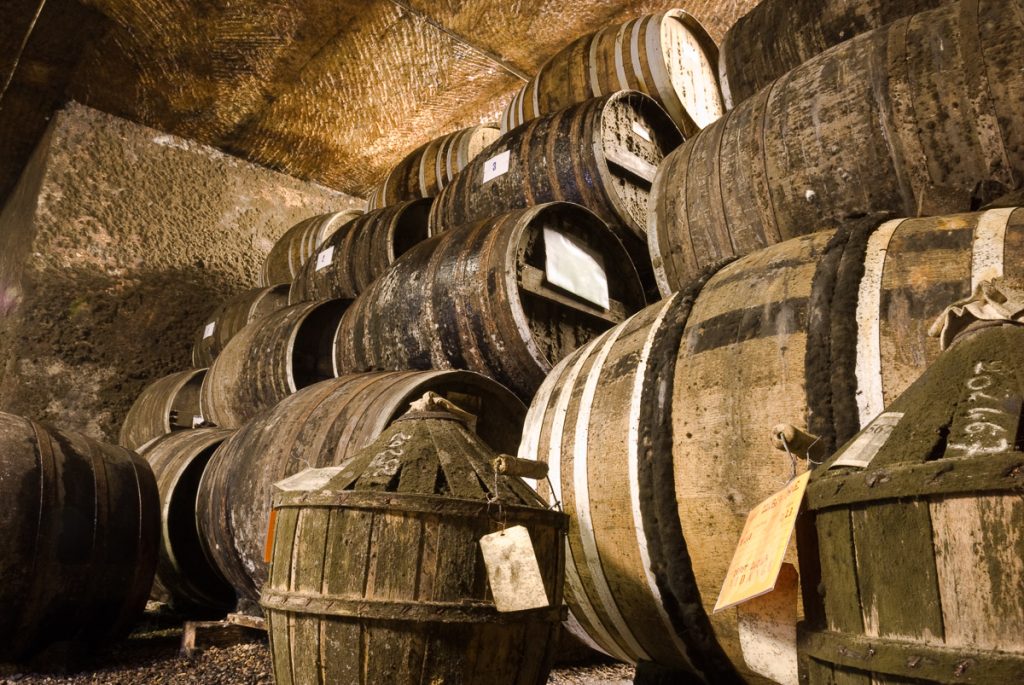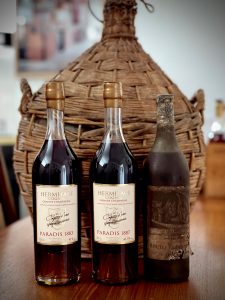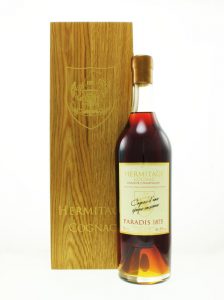Hermitage Paradis Cognacs: Unlocking the Secrets of Aged Perfection
Hermitage Paradis Cognac offers a rare glimpse into the artistry and heritage of one of the finest spirits ever created. Produced from the most treasured reserves, often stored for decades, Paradis refers to the oldest and most prestigious cognac in a house’s cellar. For collectors and enthusiasts alike, Hermitage Paradis represents the pinnacle of Grande Champagne Cognac production, boasting unparalleled quality, depth of flavour, and historical significance.
What Makes a Paradis Cognac?
Paradis Cognacs are typically drawn from the ‘bonbonnes’, glass demijohns where the oldest and most precious eaux-de-vie are carefully preserved. These spirits, often aged far beyond typical bottlings, retain a purity and concentration of flavour that is unrivalled. At Hermitage Cognac, the cognac used for Paradis bottlings comes from Grande Champagne, the Premier Cru of the Cognac region, renowned for producing cognacs with exceptional aging potential. Here, the limestone-rich soils impart a unique minerality that enhances the complexity of the eaux-de-vie over time.
Hermitage Paradis Cognacs are the embodiment of traditional craftsmanship, meticulously distilled in small copper stills known as alembics, and aged in the finest French oak barrels. Over the decades, these cognacs develop the famed “rancio” characteristic—a deeply savoury, nutty flavour unique to well-aged spirits. This complexity, coupled with the natural concentration of fruit and spice, makes Hermitage Paradis a connoisseur’s dream.
A Symphony of Flavours
Tasting Hermitage Paradis is an extraordinary experience, where layers of flavour reveal themselves slowly, evolving over time in the glass. On the nose, expect aromas of dried fruits—figs, apricots, and prunes—mingled with subtle notes of cigar box, antique wood, and vanilla. The palate offers a sumptuous richness, with honeyed fruits, nuts, spices, and a delicate touch of oak. The finish is astonishingly long, with echoes of orange peel, dark chocolate, and the prized rancio.
This cognac’s depth and complexity come from decades spent ageing in the perfect environment. Kept in damp, underground cellars, the spirit’s gradual interaction with the wood results in a balance of strength and finesse that few spirits can match.
A Collector’s Dream
With its rarity, exceptional age, and impeccable provenance, Hermitage Paradis is highly sought after by collectors. As with all Paradis cognacs, its scarcity adds to its value, making it not just a drink but an investment in history. Each bottle is a testament to the dedication and expertise of generations of cellar masters, passed down through the centuries.
For those who appreciate the finest things in life, Hermitage Paradis Cognacs’ offers a journey through time—a chance to taste the culmination of years of patient artistry. Whether enjoyed as an extraordinary gift, personal indulgence or investment purposes, this is a cognac to be savoured, admired, and revered.



 We have had an exciting week adding new products to our shelves all of which are nineteenth century cognacs. One is in fact a pre-phylloxera cognac and the others were produced at the time when the louse outbreak was sweeping through France. Two of the cognacs are additions to our Paradis range, and therefore are in extremely limited supply, and the other is a particularly rare bottling from Roullet & Delamain. Enjoy exploring them:
We have had an exciting week adding new products to our shelves all of which are nineteenth century cognacs. One is in fact a pre-phylloxera cognac and the others were produced at the time when the louse outbreak was sweeping through France. Two of the cognacs are additions to our Paradis range, and therefore are in extremely limited supply, and the other is a particularly rare bottling from Roullet & Delamain. Enjoy exploring them: We are very excited to introduce a new cognac to our shelves, and our Hermitage Paradis range, the 1875 vintage. Only a few bottles remain of this old 1875 cognac which originally came from a cellar near Bouteville, in the cru now known as Grande Champagne. It was distilled on a very small still and then aged for more than 75 years in a cellar built against a limestone cutting. The cellar floor and walls were natural, with no cement or concrete, which made it ideal for ageing old cognacs.
We are very excited to introduce a new cognac to our shelves, and our Hermitage Paradis range, the 1875 vintage. Only a few bottles remain of this old 1875 cognac which originally came from a cellar near Bouteville, in the cru now known as Grande Champagne. It was distilled on a very small still and then aged for more than 75 years in a cellar built against a limestone cutting. The cellar floor and walls were natural, with no cement or concrete, which made it ideal for ageing old cognacs.